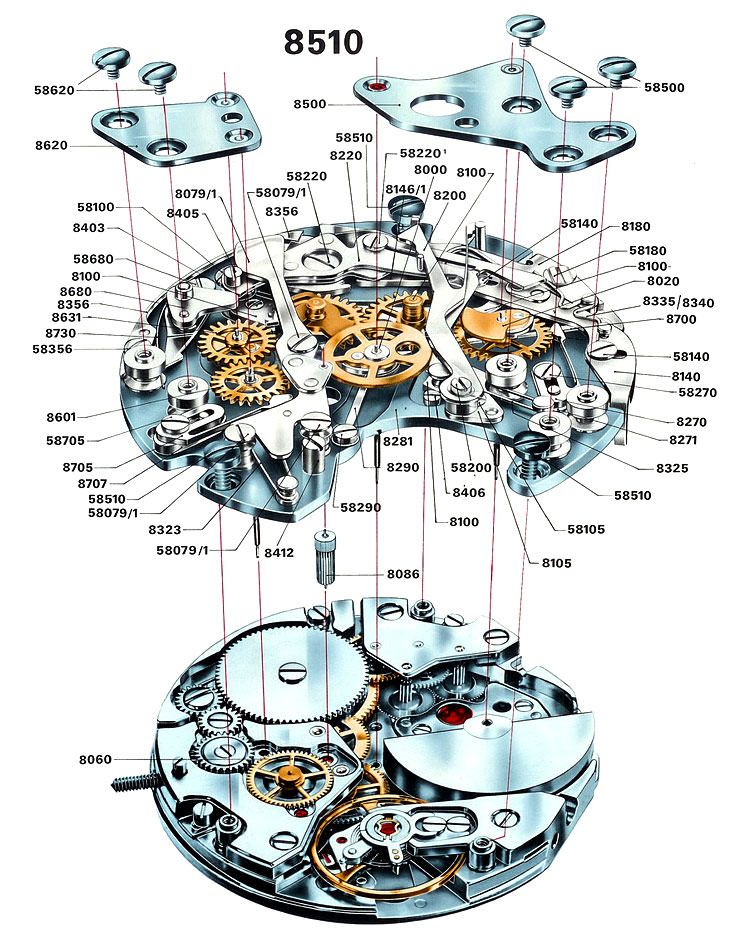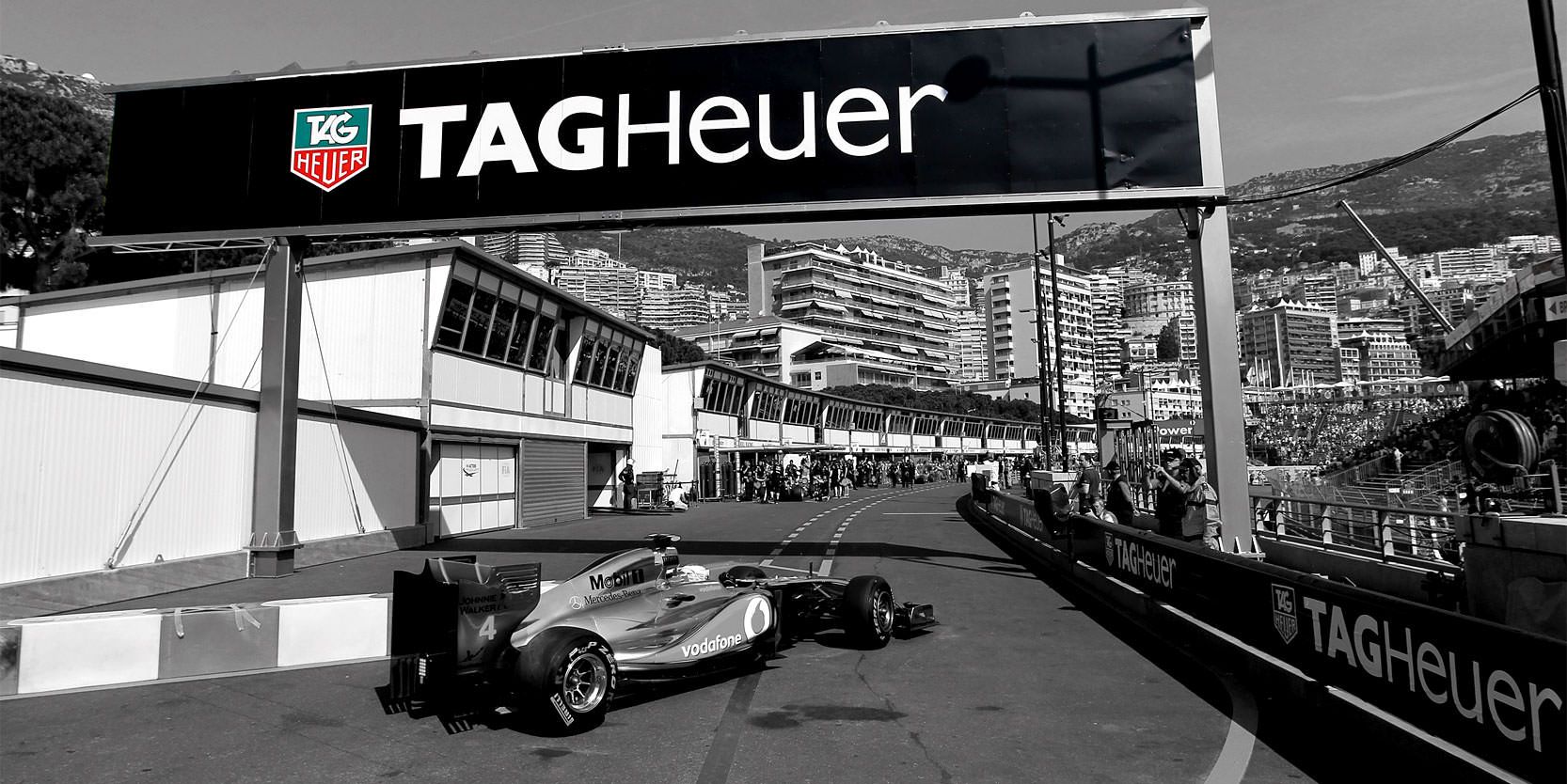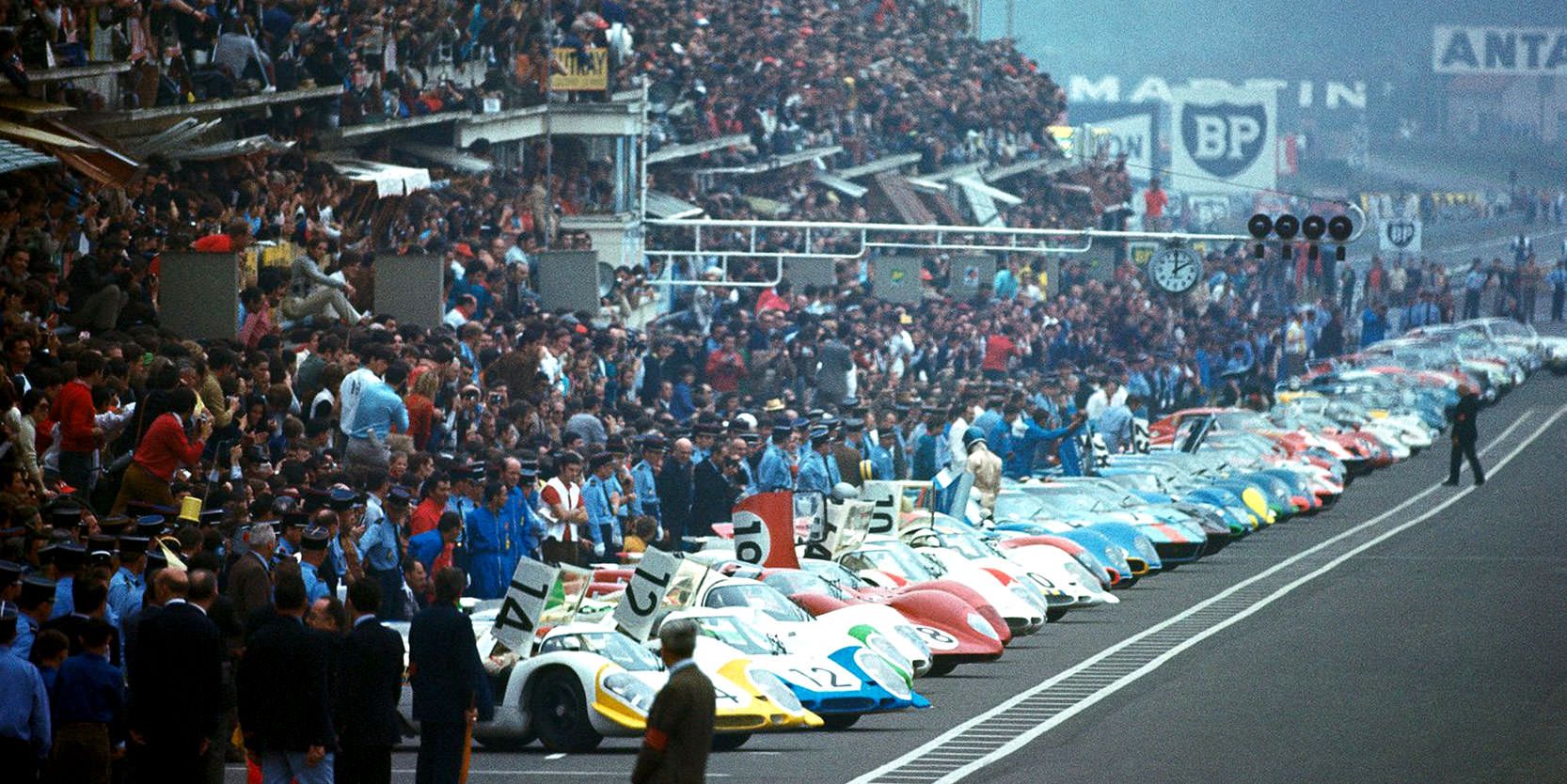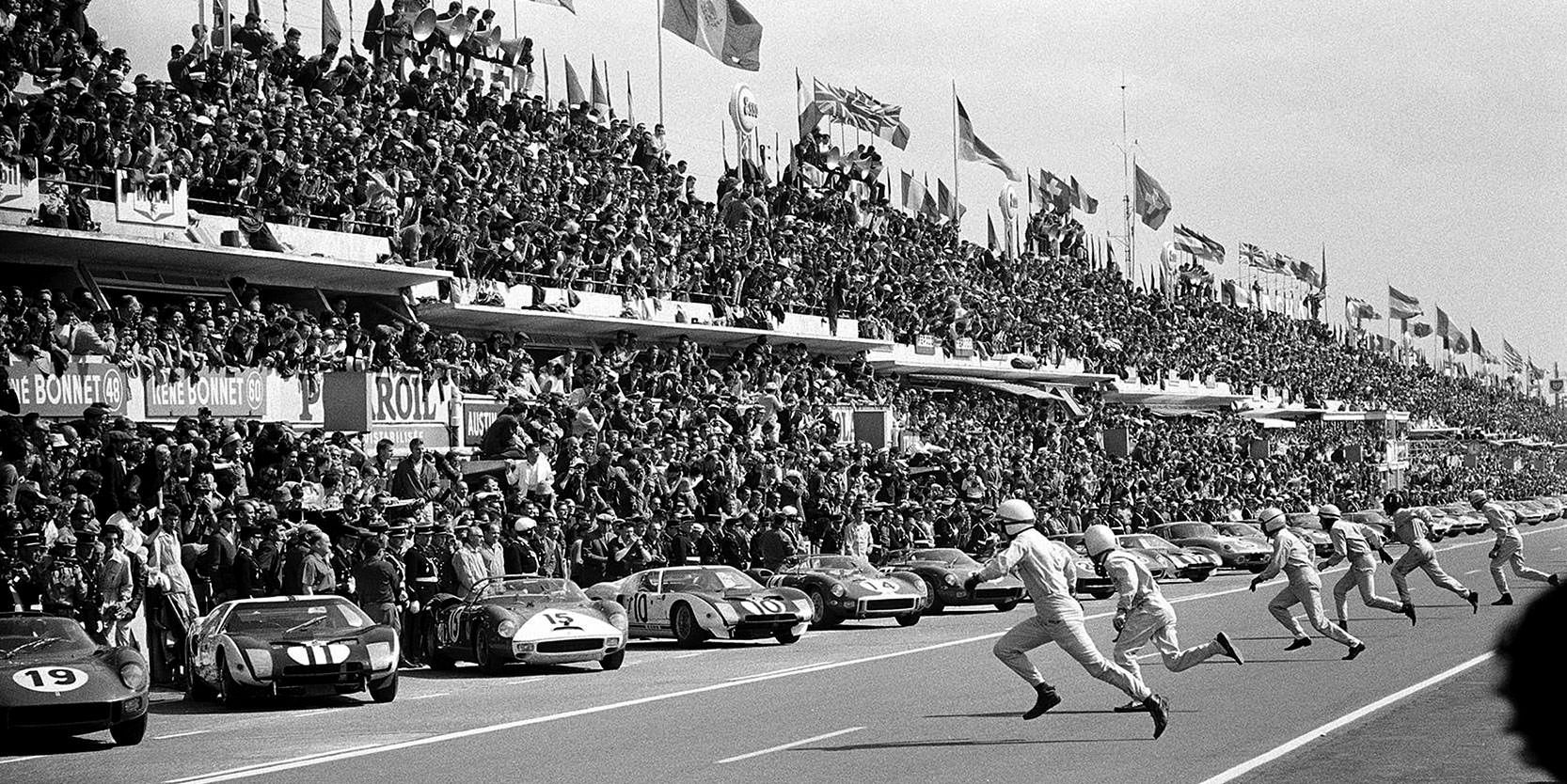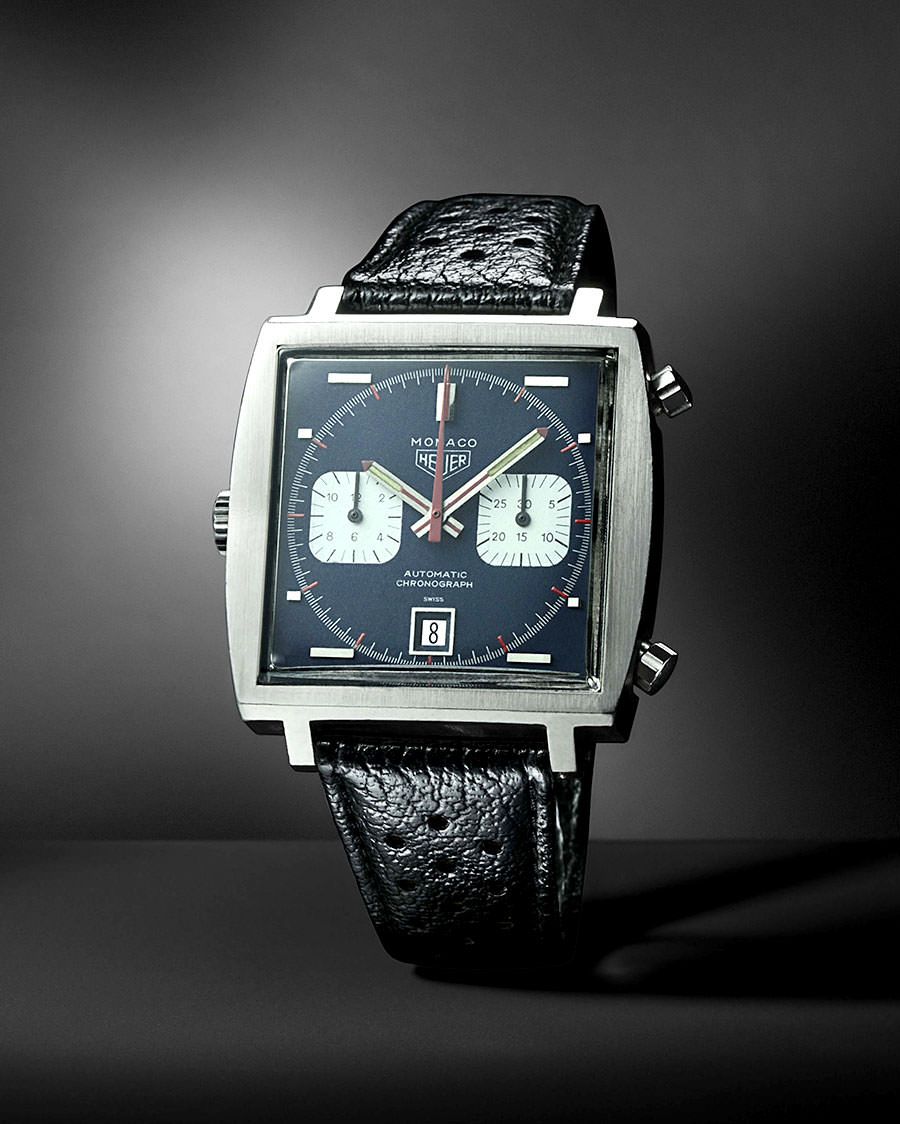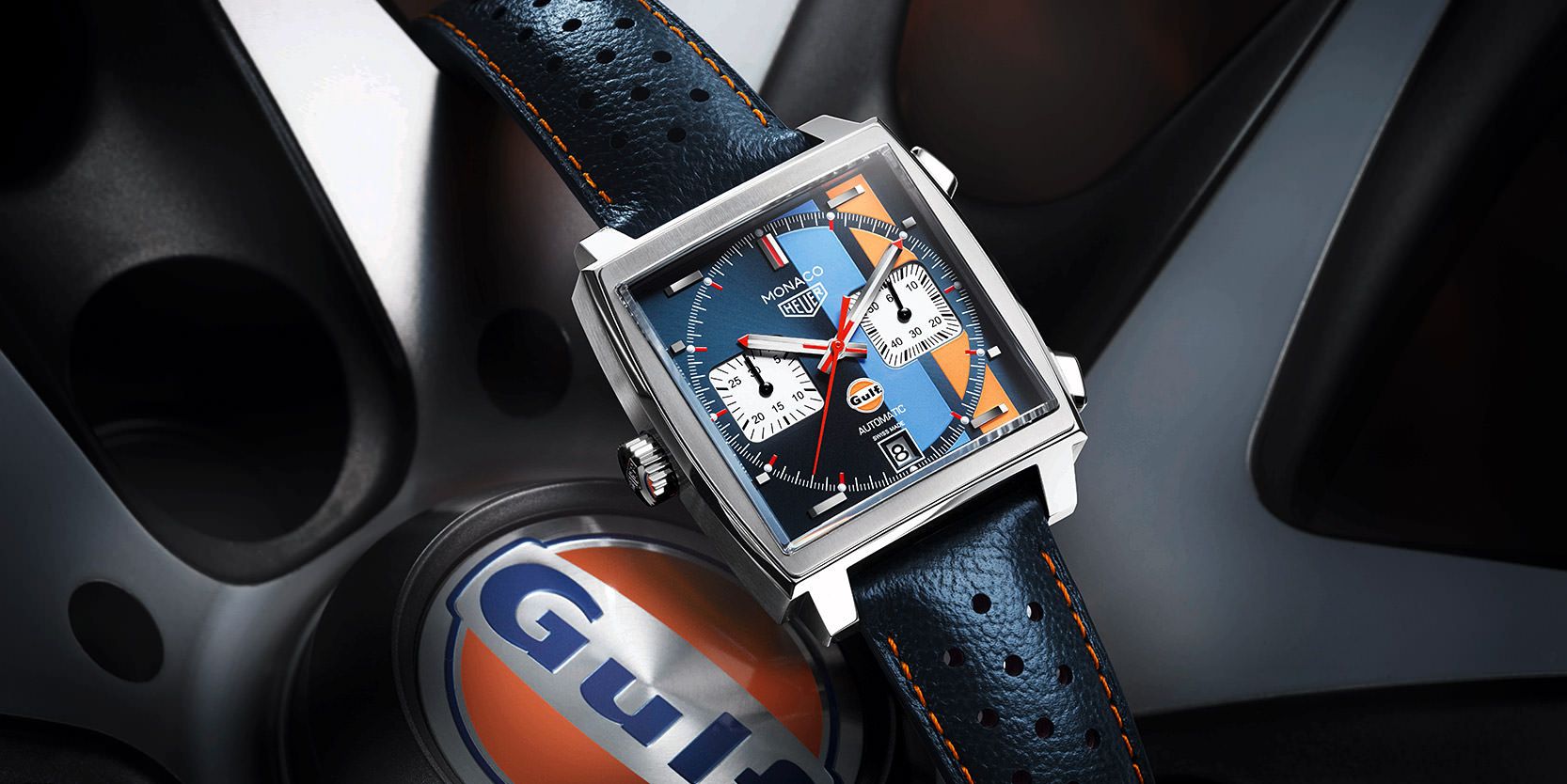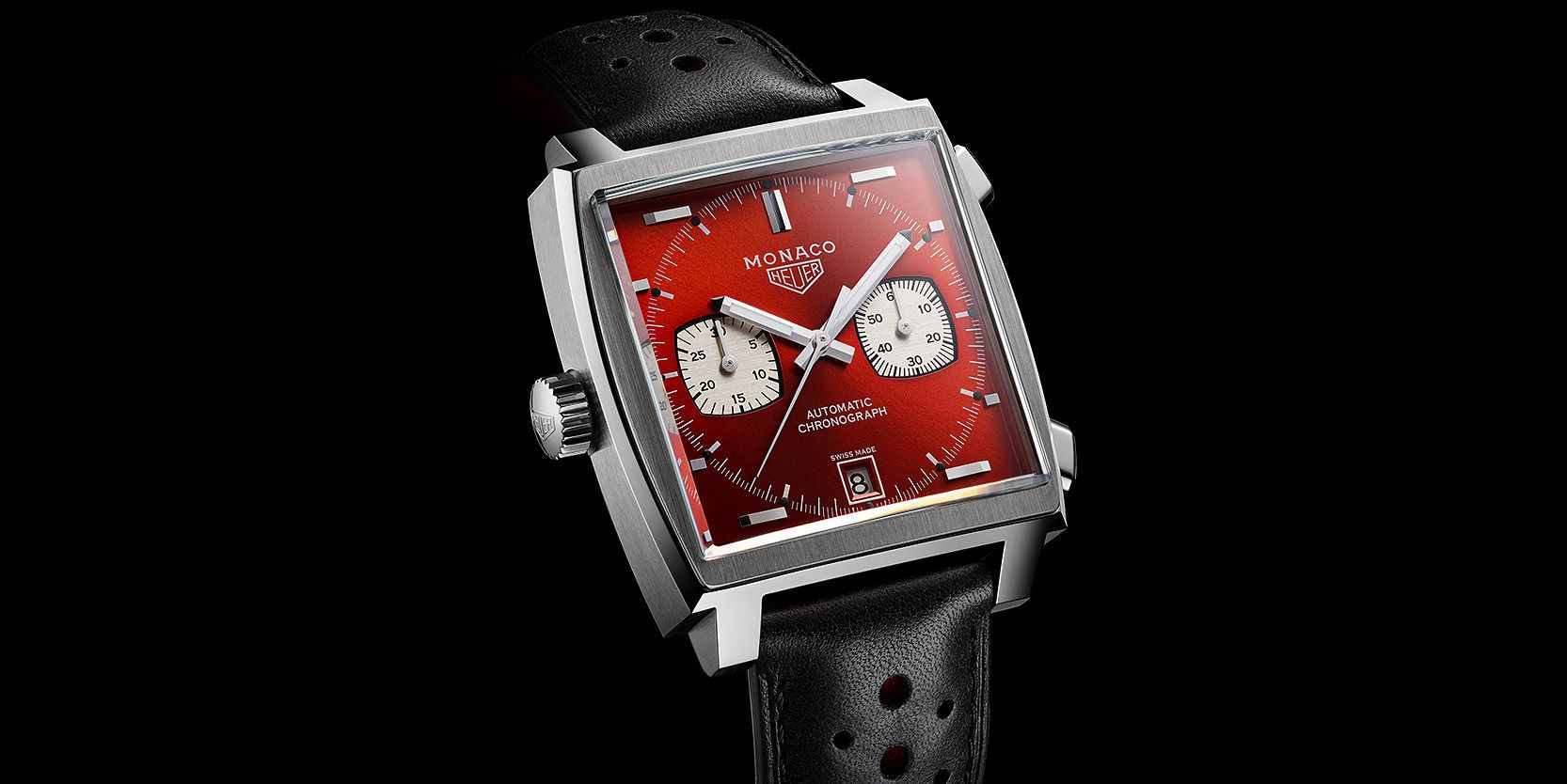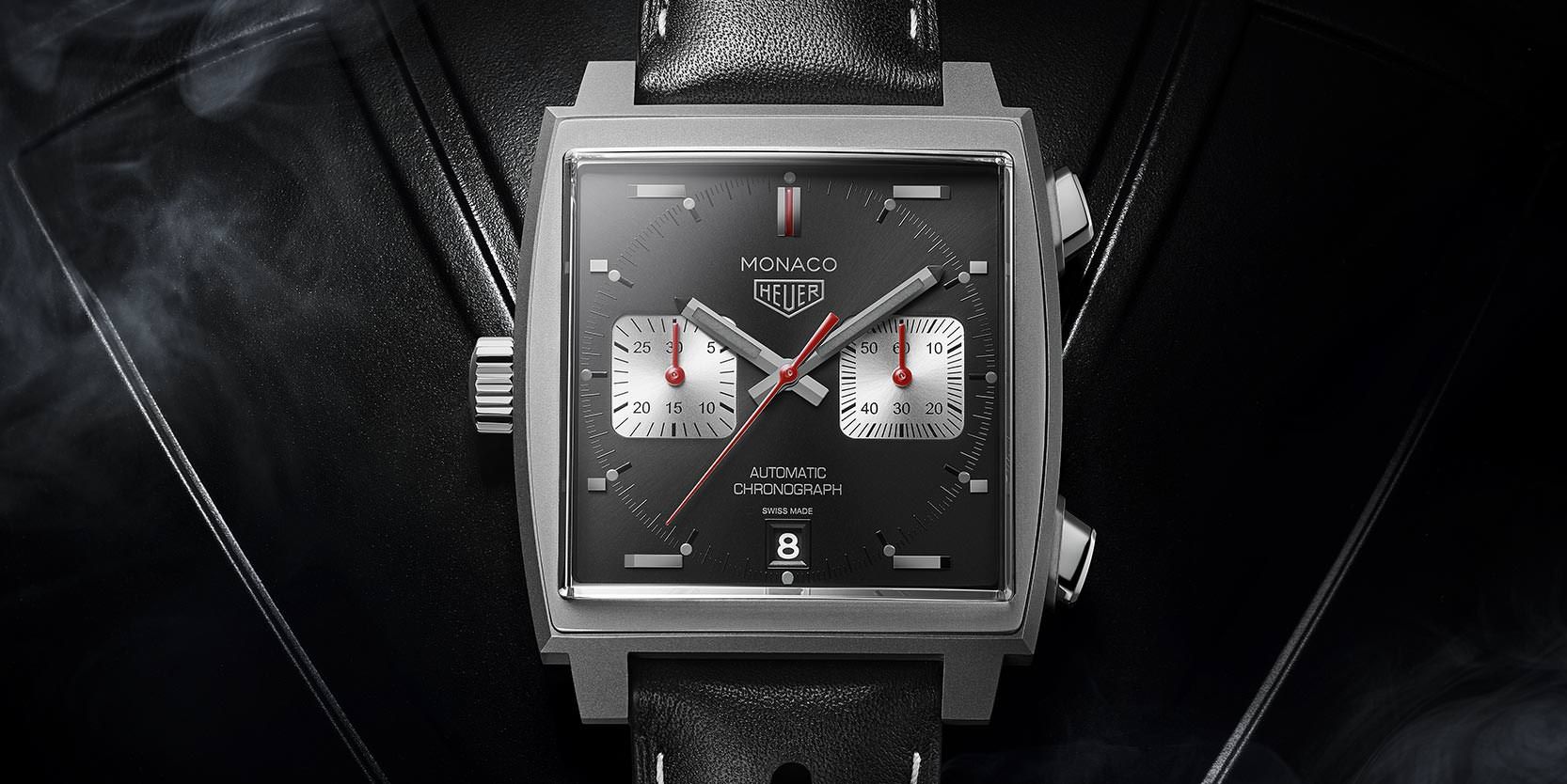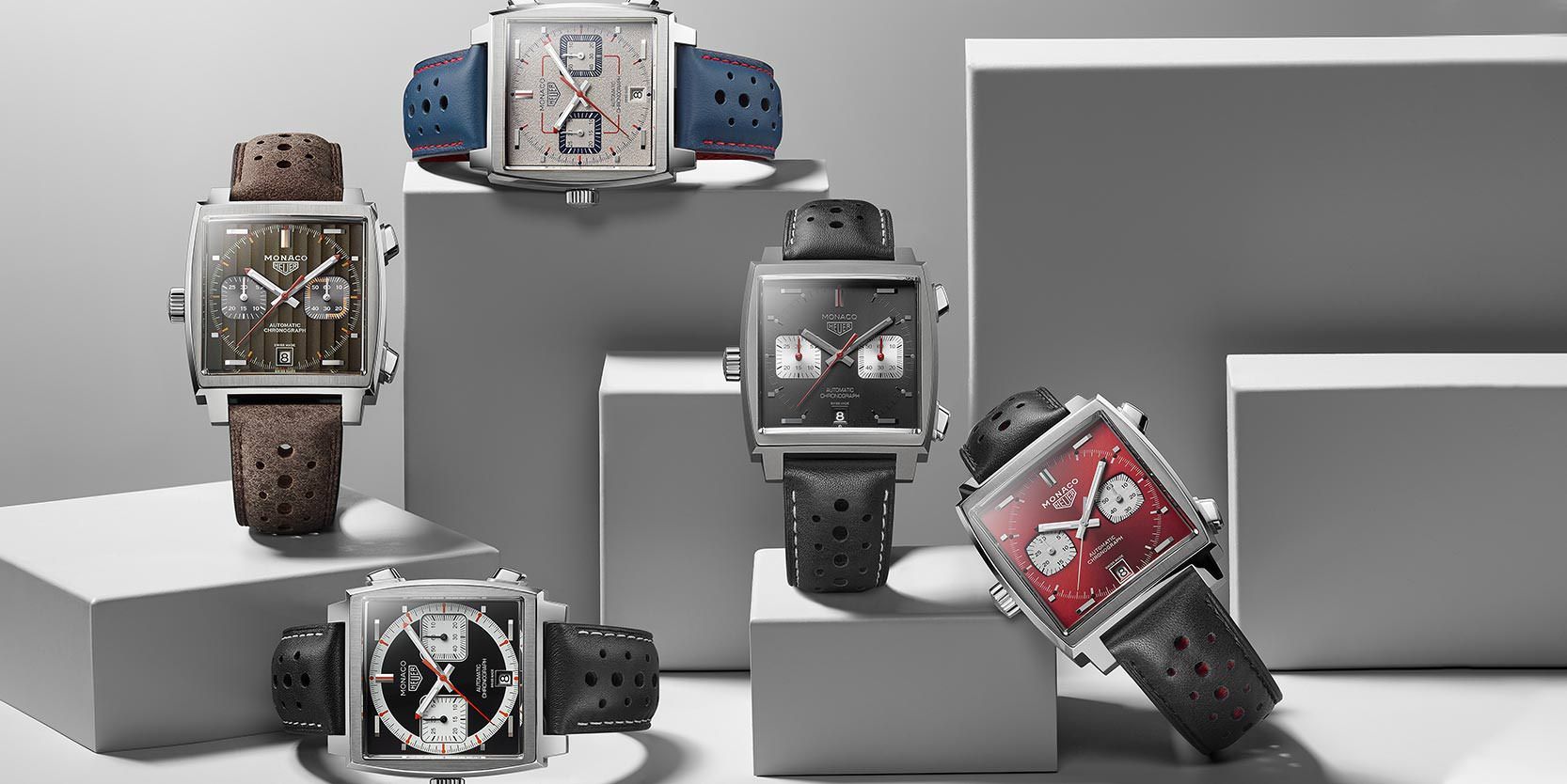FeatureTAG Heuer Monaco: The Story Of The Motor-Racing Chronograph In A Race To The Finish
In the eventful year of 1969, Heuer launched the Monaco Calibre 11 that introduced several innovations and advancements to the world of watchmaking. This is the story of that icon
May We Recommend
The year 1969 was vital for humanity. It was the year the human race first set foot on a celestial body outside the Earth, ie the moon. It was the year when the Concorde and the Boeing 747 made their maiden flights. What also happened the same year was the Woodstock Music Festival that crystallised the culture and identity of the Baby Boomer generation. It was the year humanity actually attained unattainable dreams. It was and is often referred to as ‘the year everything changed’. The changes, however, weren’t limited to space, air travel, or music. The horological world had something to cheer about that year too, and whatever was underway was certainly not small fry. It was something truly special that made headlines. It was the Heuer Monaco.

The Race
Automatic watches were all the rage in the 1950s and tool watches were at their peak too. Specialised watches made for divers, pilots, racers, and international travellers were gaining commercial success. But the horological crowd were hungry for innovation. Manually-wound chronographs were starting to feel outdated. Horologists wanted to see the amalgamation of watchmaking’s most popular advancements: the automatic winding system, and the chronograph complication. Cue in Project 99—a partnership between Swiss firms, working secretly to create the world’s first self-winding chronograph watch. The firms were (then without the ‘TAG’) Heuer, Breitling and Büren (later known as Hamilton), along with movement makers Dubois-Depraz. But Zenith had something brewing too. And so did Seiko, further afield. Just like Ford set out to beat Ferrari in Le Mans, or like the US and Russia competed to be the first ones to walk on the moon, the race for the world’s first automatic chronograph had begun. But who came first?

That’s a bit of a grey area, because in January of ’69, Zenith pounced with the announcement of the ‘El Primero’ (Spanish for ‘the first’)—the world’s first integrated automatic chronograph movement—three months before the Baselworld watch and jewellery fair. But the watches were only available after October. Project 99, on the other hand, announced the Calibre 11 by March, and the group dominated the fair with their profusion of brands and models. Seiko quietly launched the Speedtimer in May. All of the releases stand tall with their virtues and technological advancements. But we’re here for the Heuer Monaco. The original Calibre 11 featured a modular automatic chronograph complication. The base was a Büren movement, which included the self-winding calibre and calendar complications, with an independent Dubois-Depraz chronograph module attached to the base movement. Beating at 19,800vph, the movement offered a power reserve of approximately 42 hours.
The Monaco Name
There are a number of reasons why the Monaco is considered iconic. First, let’s begin with the name. I personally believe that this is the coolest name ever given to a watch. Mainly because of how effortlessly the name came to Jack Heuer. He originally wanted to name it the Monte Carlo. “But that was already taken,” he said in an interview. “I picked Monaco because it sounds nice, it sounds noble and it sounds expensive. But that’s about it.” Everyone knows that for something to be cool, it mustn’t seem forced. But over and above anything, Monaco is that small district on the French Riviera, with countless luxury yachts berthed in the harbour, and the unrestrained roar of Formula One racecar engines screaming through the town. What Monaco reminds you of is the good life.
The success of the Monaco comes down to some brilliant moves made by the manufacturer. There came a couple of big firsts with this watch. It was the first square, water-resistant chronograph watch. And as we’ve already discussed, it also was among the first automatic chronographs in the world. That’s a pretty big first if there ever was one. Then there are the genius marketing tactics of the brand, as Heuer decided to appoint Jo Siffert as its brand ambassador in 1970. No watch company before that had made a racing driver the face of their company. This gave Heuer a one-way ticket to the exciting (and very lucrative) world of racing. The brand, as well as the watch, grew to such an extent that only a year later, in 1971, Oscar-nominated actor Steve McQueen insisted on wearing the Monaco in his celebrated motor-racing film, Le Mans, which propelled the watch to stardom.
Monaco Through The Years
The Calibre 11 played an instrumental role in giving the chronograph a wide appeal. McQueen’s association with the watch gave Heuer the boost it needed at the time to increase sales and helped the company thrive amidst competition. In the late 1990s, the brand decided to issue a series of ‘re-editions’ after a couple of decades, starting with the original Monaco, which was limited to a 5,000-unit production run. The Monaco, with its ever-changing style, saw many design transformations that turned it into the ultimate grail watch for motorsport fanatics and watch enthusiasts alike. For example, the Monaco 1533G with the small running seconds at 10 o’clock, the Monaco 73633G with a grey dial and black registers, and the belt-driven Monaco V4 and V4 Tourbillon. The V4 and V4 Tourbillon were clearly miles ahead when it came to innovation and for good reason. According to TAG Heuer, the development time for the V4’s movement collectively took 14,200 days of research. The design resembled an automotive engine in a few ways. But the most apparent, and ambitious parallel was using transmission style belts instead of the traditional metal gears for parts of the movement.
The Present Monaco
Today, the Monaco is one of TAG Heuer’s product pillars. The brand uses two mechanical movements for this line, and a quartz one as well. The standout movement though is the Calibre 11. First things first, this isn’t the same Calibre 11 that Heuer used in 1969. What this is, is a faithful homage to the original. The modern Calibre 11 modifies the base movement, rotating it by 180 degrees so that the crown can be positioned on the left side of the face, while also keeping the chronograph pushers on the right. This movement operates at 28,800vph rather than 19,800vph like the original Chronomatic Calibre 11, making for greater accuracy.
The Monaco can now be enjoyed in various versions, including the 50th anniversary editions that represent a watch for each decade, since its inception till the turn of the millennium. There’s also a rather iconic edition with the Gulf colourway that speaks to motoring enthusiasts, because of the oil company’s support and involvement in the world of motorsport. The crowd favourite, however, is the variant that comes as close to the original as possible. The new Monaco measures 39mm in width and 15mm in thickness, slightly larger than its 1969 counterpart. Two pushers lie on the right-hand flank of the case, angled at 45 degrees, mimicking the original.
The Monaco is undoubtedly one of the most iconic watches in the horological, racing, and the cinematic worlds. The historical charm that this watch carries harks back to the good old days of motorsports. Moreover, it’s even got Steve McQueen’s seal of approval. Fifty years ago, this was the coolest watch you could possibly buy. And fifty years later, thanks to the modern renditions, it still is.



